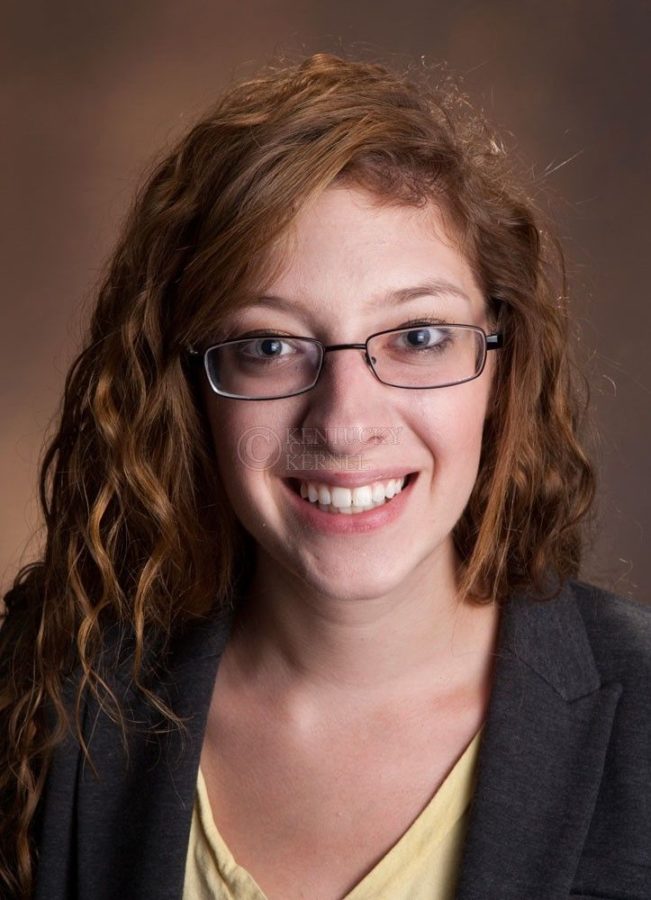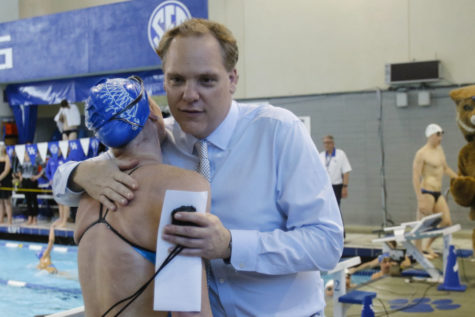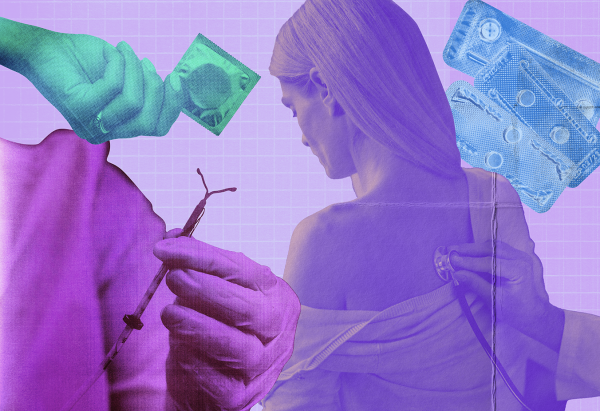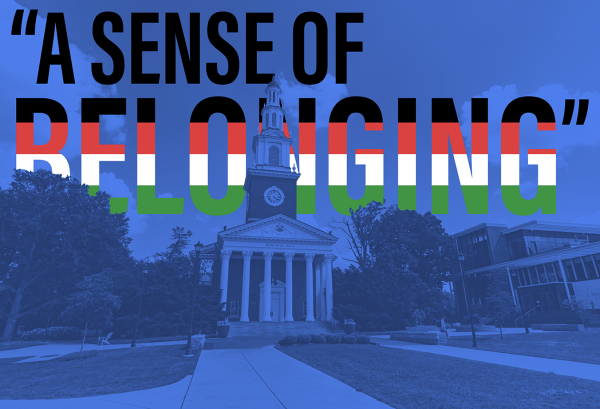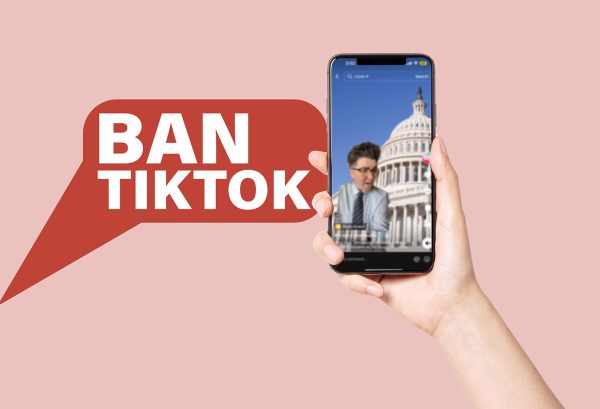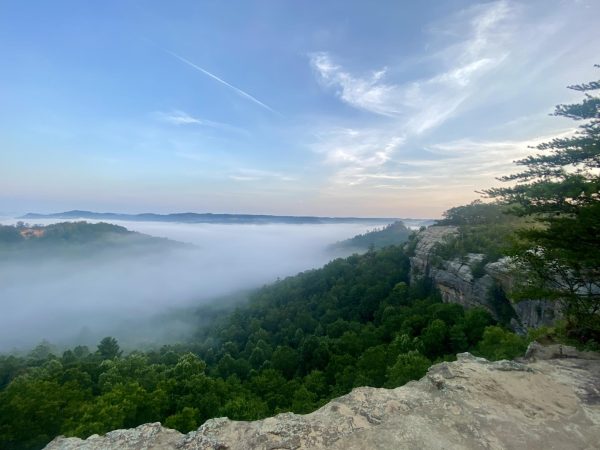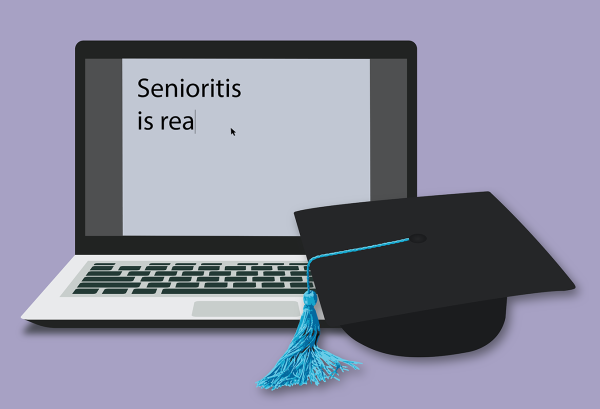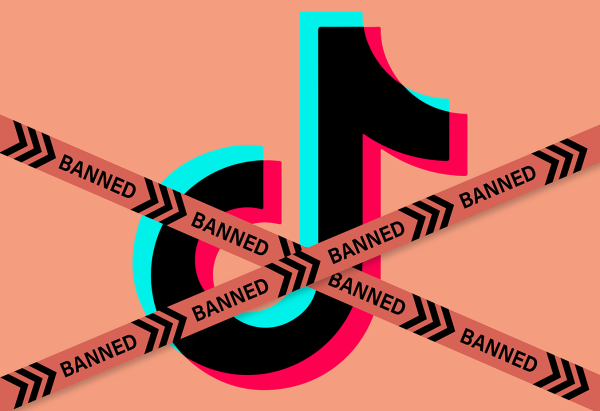LGBTQ+ community needs more representation
April 16, 2015
According to GLAAD’s annual report on LGBTQ+ representation in film, we definitely still suck.
The report, which analyzed the portrayal of LGBTQ+ issues and characters by studio in 2014, only awarded a “good” rating to one studio: Warner Bros.
And while TV evidently had a “historic year for transgender representation on television,” there were zero transgender characters from any movie studios this year.
Walt Disney Studios had one of the worst ratings in the study. Of the 13 films released in 2014, apparently only one included an appearance by an LGBTQ+ character – an eight percent success rate.
My first thought was that while this exclusion was disappointing, it wasn’t totally unexpected.
After all, I was watching Disney before I made it to grade school. And it wasn’t until after fifth grade that I received onscreen context for the existence of same-sex relationships, in the form of “Buffy the Vampire Slayer”’s Willow and Tara.
Homosexuality is a reality that my family tends to avoid discussing around younger relatives, in case their parents or school system haven’t educated them yet. Sex education begins in late grade school, but I have yet to encounter a high school course that dispenses information specific to same-sex couples.
And by the time you’re old enough to watch TV programming that includes gender and sexual minorities, you probably have some idea that these communities exist.
I’m realizing now that there is no logical justification for this behavior. Pretending that the LGBTQ+ community is one that only belongs to preteens and older people does a huge disservice to younger people who are beginning to look for representation in the media and in the entertainment they consume.
And by participating in this partial erasure, I am positive that Disney is doing a disservice to those children and young adults.
A couple of articles about the GLAAD study mentioned the theory that Disney “codes” certain characters – usually villains – as gender and sexual minorities. Although the interpretations are convincing in most cases, asking LGBT people to scrutinize the movies for hints of representation is no longer good enough.
It’s time for Disney to start acknowledging all of its viewers, both young and old.












































































































































